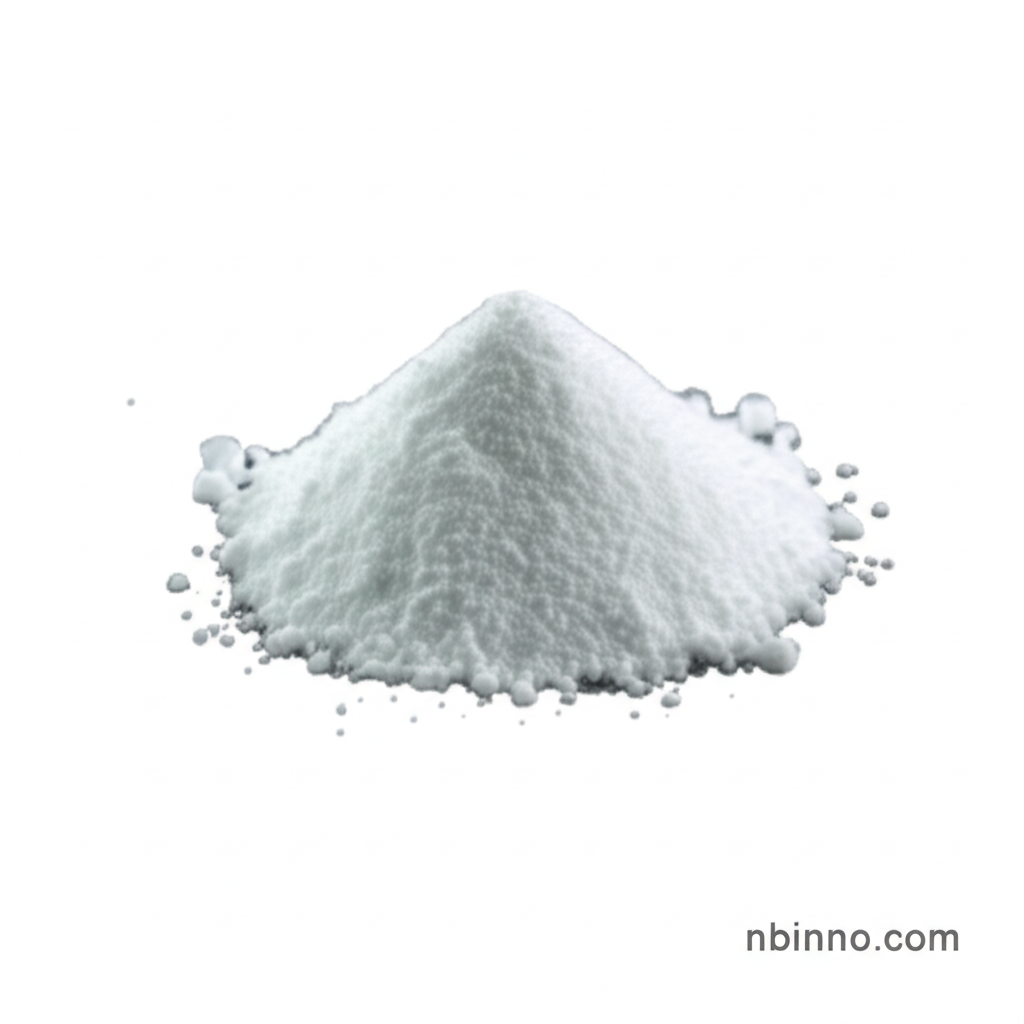N-Hexanoyl-DL-Homoserine Lactone: A Potent Quorum Sensing Inhibitor for Pseudomonas Aeruginosa Control
Discover the groundbreaking potential of N-hexanoyl-DL-homoserine lactone as a novel strategy to combat Pseudomonas aeruginosa infections by disrupting its critical quorum sensing communication pathways.
Get a Quote & SampleProduct Core Value

N-hexanoyl-DL-homoserine lactone
As a leading supplier in China, we offer N-hexanoyl-DL-homoserine lactone, a critical molecule for research into bacterial quorum sensing. This compound plays a vital role in understanding and controlling the pathogenesis of bacteria like Pseudomonas aeruginosa. Its ability to inhibit virulence factors and biofilm formation makes it an invaluable tool in the development of novel antimicrobial strategies.
- Leverage the power of N-hexanoyl-DL-homoserine lactone to disrupt bacterial communication, offering a unique approach to combatting infections.
- Explore its efficacy as an antibiofilm agent for P. aeruginosa, a crucial step in preventing persistent and challenging infections.
- Understand its role in developing anti-virulence compounds for bacterial infections, a key area in modern pharmaceutical research.
- Investigate the application of AHL analogs for quorum sensing inhibition, paving the way for next-generation therapeutics.
Key Advantages Offered
Targeted Virulence Factor Inhibition
This compound effectively inhibits key virulence factors produced by P. aeruginosa, significantly weakening the bacteria's ability to cause harm. This targeted approach is essential for developing effective anti-virulence therapies.
Disruption of Biofilm Formation
By interfering with quorum sensing, this molecule prevents the formation of protective biofilms, making the bacteria more susceptible to conventional treatments and reducing chronic infections.
Minimal Impact on Bacterial Growth
Unlike traditional antibiotics, N-hexanoyl-DL-homoserine lactone targets communication pathways rather than direct growth, potentially reducing the risk of developing widespread antibiotic resistance.
Key Applications
Quorum Sensing Research
This molecule is fundamental for researchers studying bacterial cell-to-cell communication, allowing for a deeper understanding of microbial behavior and pathogenicity.
Pseudomonas aeruginosa Pathogenesis
Its role in inhibiting P. aeruginosa virulence makes it a vital tool for investigating how this opportunistic pathogen causes disease and how to counteract it.
Novel Antimicrobial Strategies
As an AHL analog, it serves as a lead compound for developing new classes of antimicrobials that disarm bacteria rather than killing them directly.
Biofilm Control Technologies
Understanding its mechanism of action in biofilm inhibition can lead to advanced technologies for preventing and treating biofilm-associated infections in various settings.
